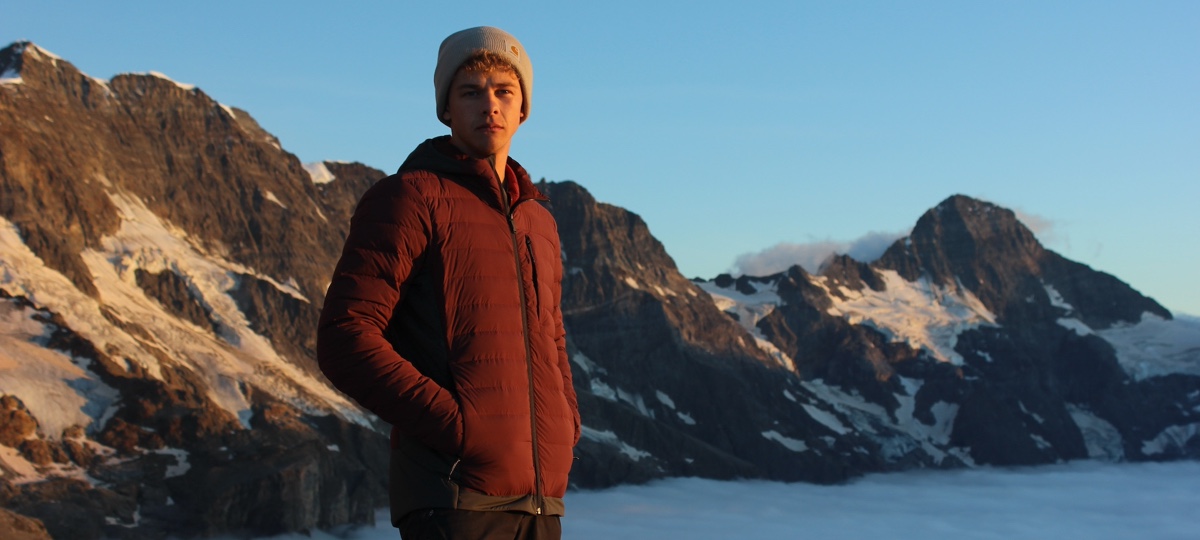
Artilect M-Divide Fusion Stretch Hoodie: first impressions
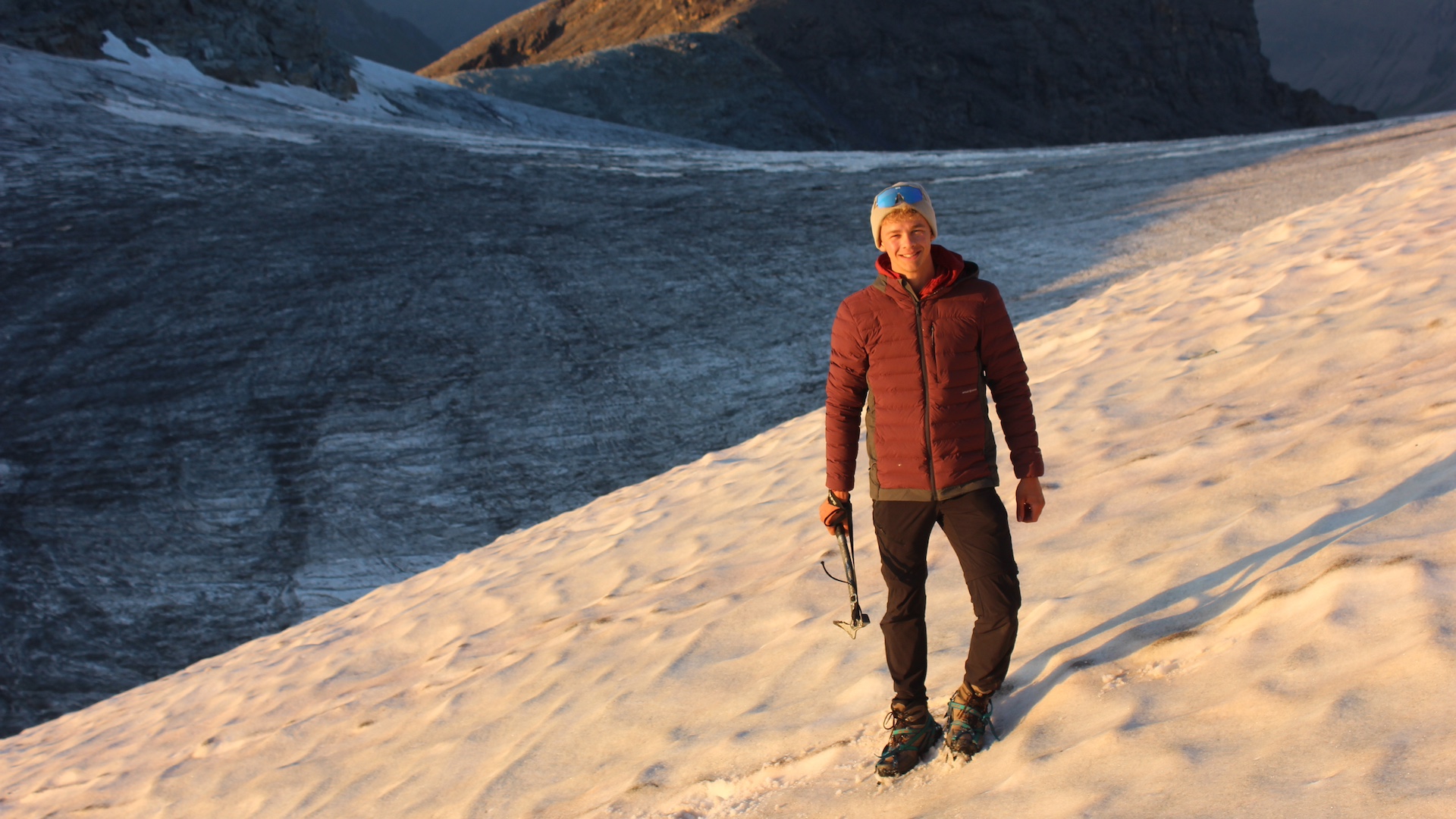
The Artilect M-Divide Fusion Stretch Hoodie is a versatile synthetic puffer jacket designed to work both as a top layer in mild conditions and as a mid layer for colder weather. A jacket of this type is one I firmly believe should be in every outdoor lover’s wardrobe, simply because they are so versatile. The M-Divide Fusion Stretch Hoodie is no different.
• List price: $400 (US) / £340 (UK)
• Gender specification: Men’s and Women’s sizing available
• Sizes: XS, S, M, L, XL, XXL (women's); XS, S, M, L, XL, XXL (men's)
• Weight: 18.2oz / 517g (men's large)
• Materials: 85% nylon / 15% spandex
• Colors: Black / Aramanth & Ash / Earthen & Black / Glacier & Ash
• Best for: Cold weather hiking, camping, scrambling
Blending high-tech fabrics with a contemporary design, it delivers a cosy combination of warmth, breathability and flexibility. The Toray 20D 4-way stretch fabric construction is decidedly sumptuous, and allows for a tailored fit that you can still be well and truly active in. The jacket is impressively soft and comfortable, with no clammy or sticky sensation even on the occasions where I’ve worn the jacket against bare skin. There is plenty of room in the shoulders too. For reference I am 6’ 0” with relatively broad shoulders, and had no issues out in the field, even with layers underneath.
The insulation is smart too – a mixture of ExpeDry Ultra Dry Down for the main panels, and Lavalan Sport European wool for the two slightly thinner side panels. These materials aim to – and do – improve moisture management and thermoregulation. Artilect have taken a forward-thinking approach to water resistance too with the implementation of an EMPEL waterproof coating. The brand has ditched soon-to-be-banned traditional DWR (Durable Water Repellent) coatings containing PFAS chemicals and instead opted for a hydrocarbon-based alternative that is said to be more durable, and better for the environment.
The smart fit coupled with a sleek, understated style means that I have also been able to wear the jacket casually too. This may seem like a trivial point, but when you are paying over $400 / £300 for a coat, you want to be able to use it as much as possible!
Construction quality is consistent through and through, with YKK zippers and thoughtful details like the waist elastic adjustment, which is hidden inside the pockets. All in all, it’s a versatile, lightweight jacket which makes a great top layer in more mild conditions, and a brilliant layering item when the weather turns cold.
Meet the reviewer
Artilect M-Divide Fusion Stretch Hoodie: in the mountains
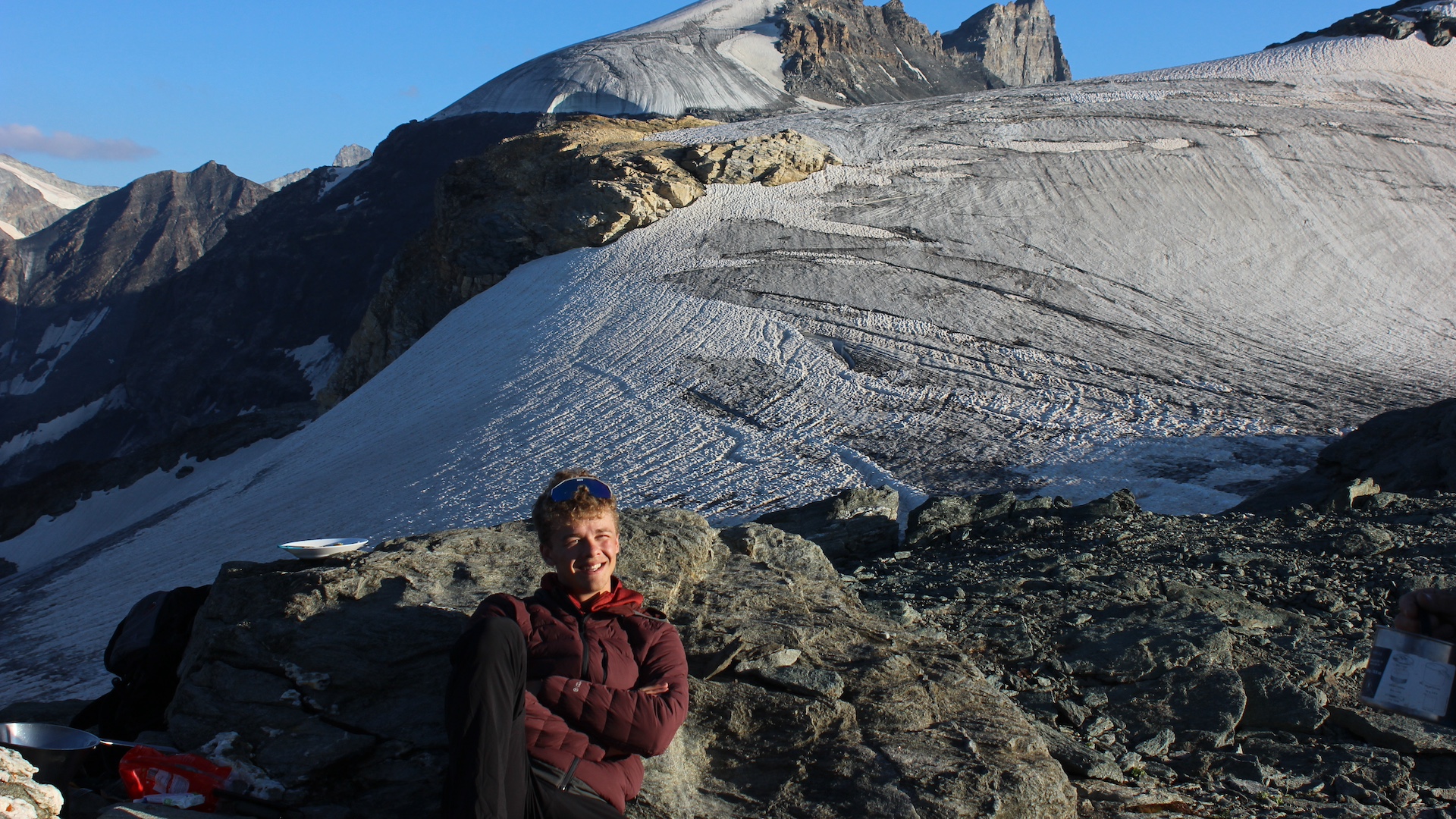
To test the M-Divide Fusion Stretch Hoodie’s claims that it is “built to dominate the outdoors” I pitted it against a worthy opponent: the Swiss Alps. The range’s altitude and very changeable weather allowed me to get to grips with the Artilect in a number of different scenarios which it handled well for the most part. The temperatures ranged from 59°F (15°C) during mild days to 28°F (-2°C) on cold mornings and evenings at higher altitudes, which allowed me to get a good feel for how the jacket handled the weather.
On the occasions where the scale did tip below 32°F (0°C), I was outdoors in hiking pants, a t-shirt, a microfleece jumper and the M-Divide Fusion, and this was just enough insulation for someone who feels the cold. What does this mean? The Artilect is certainly built for the cold weather. Some more sensible layering choices would have had me finding the limit of the coat a good few degrees cooler than what I experienced.
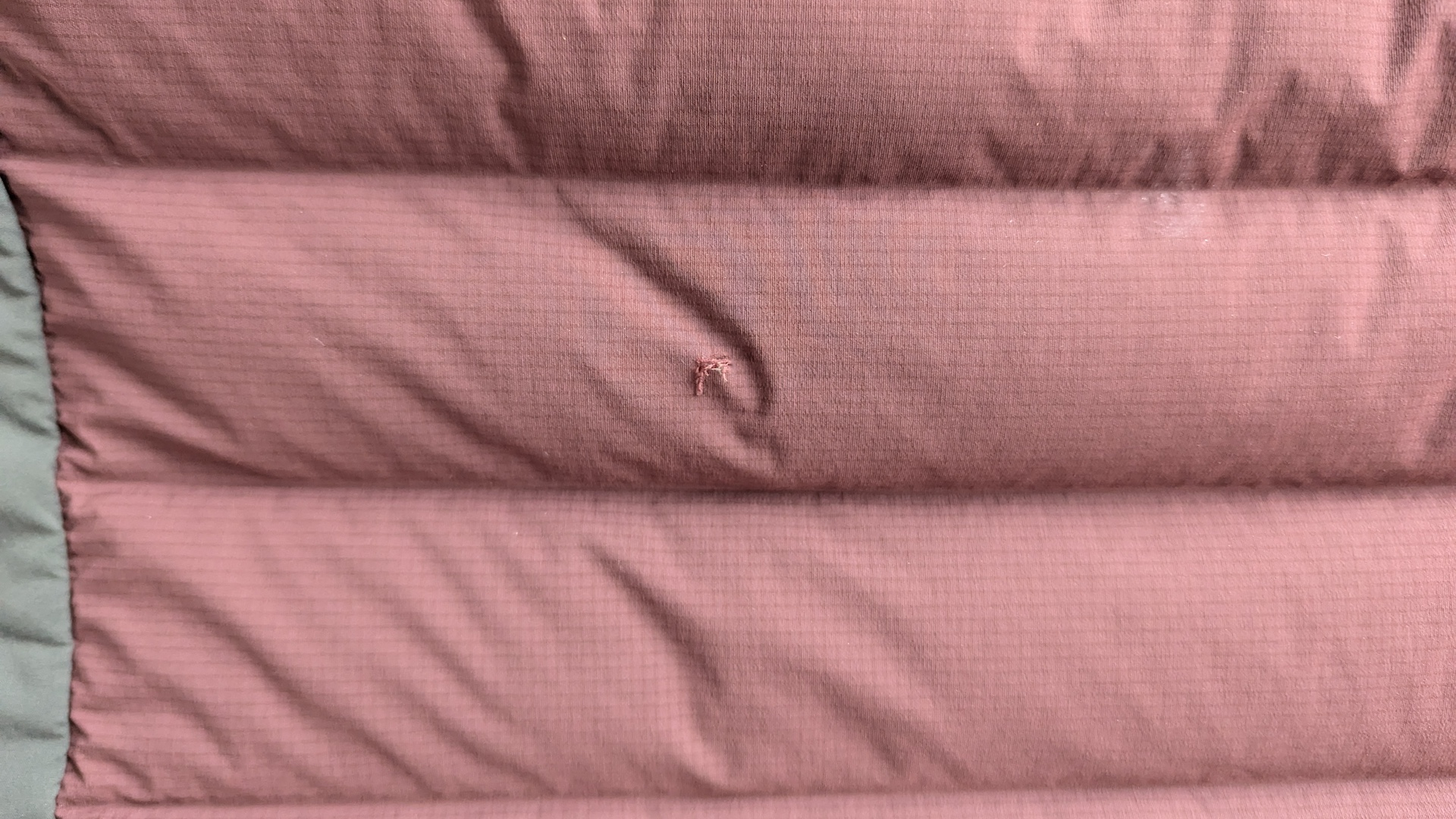
The other side of the coin, however, was that the comfortable materials allowed me to wear this as a lightweight layer when the weather was warmer too, even over a t-shirt on occasion. On one particularly cold (and misty) ascent to the Silberhornhütte, I found myself on a few tighter scrambling sections where ease of movement was key, and again the Artilect performed really well here. In fact, I didn’t notice its presence too much when wearing it – perhaps the best compliment I can give it.
Durability is solid, but not flawless. After extensive use in rugged terrain, including scrambling over rocks, a small pinhole developed on the back of the jacket. It likely caught on something sharp while climbing, so while it’s tough, it’s not invincible. Still, for an eco-conscious audience, the transition away from traditional PFAS-based chemical DWR coatings to the EMPEL technology is a win. The jacket held up well in light rain.
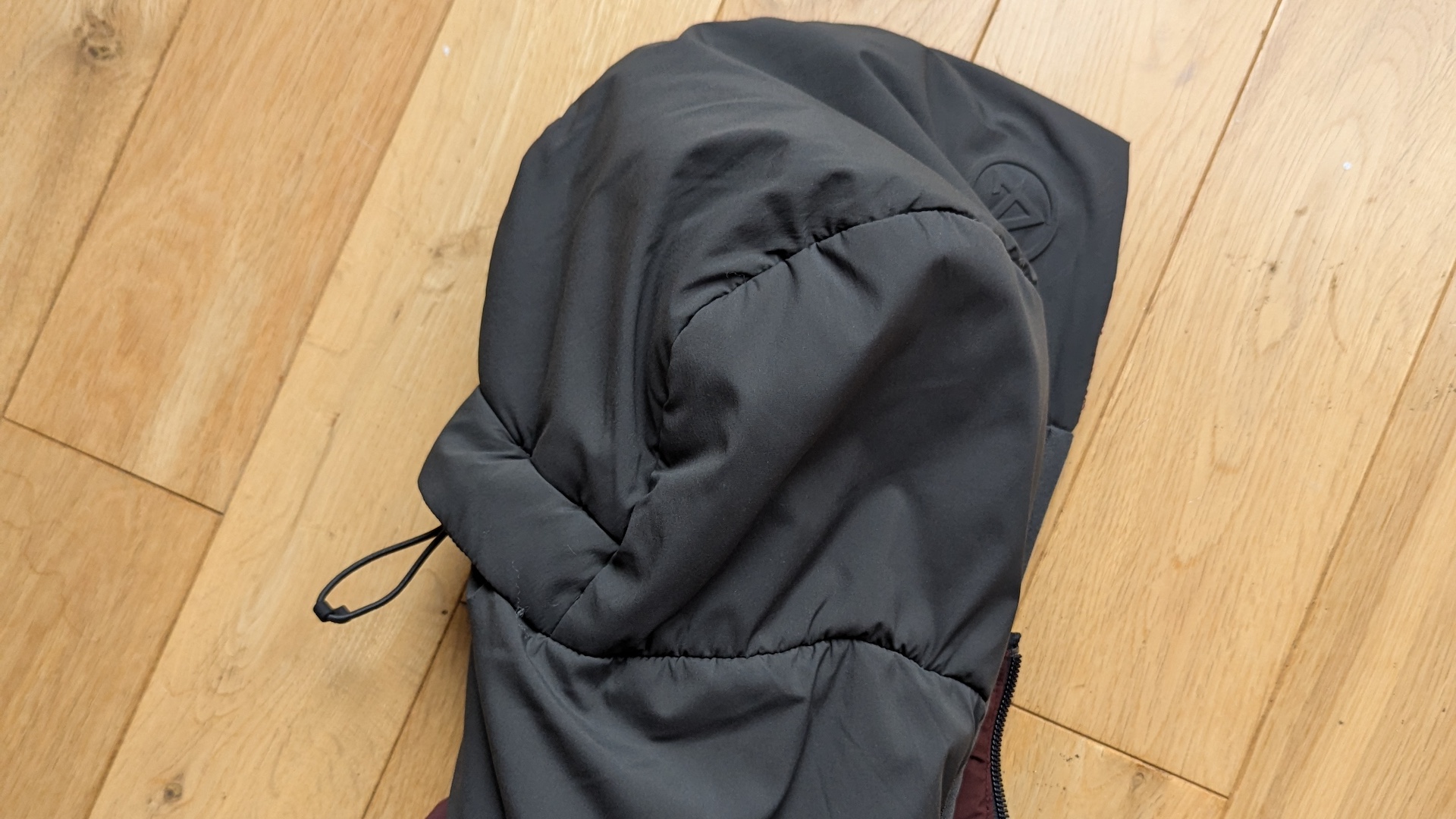
The hood, thin but effective, is another highlight. It adjusts well over a hat and feels snug without being too tight. However, the elastic adjustment for the waist is accessed from the inside of the pockets, which is an unusual but functional design choice. While this placement might feel a bit unconventional, it worked fine in practice.







